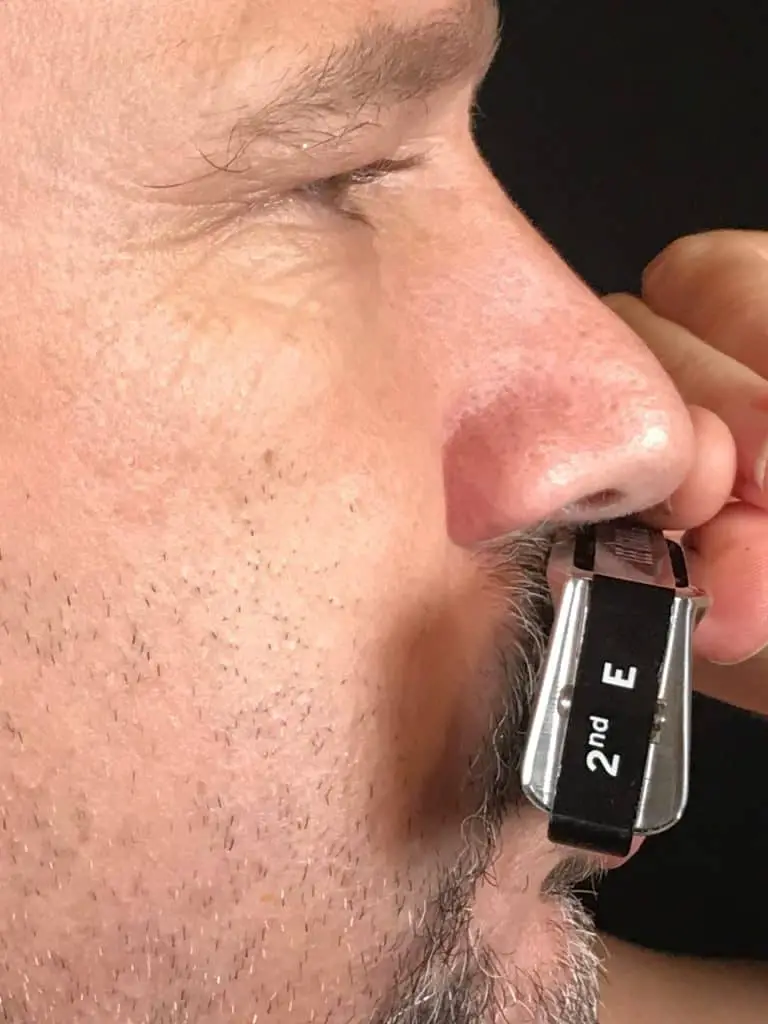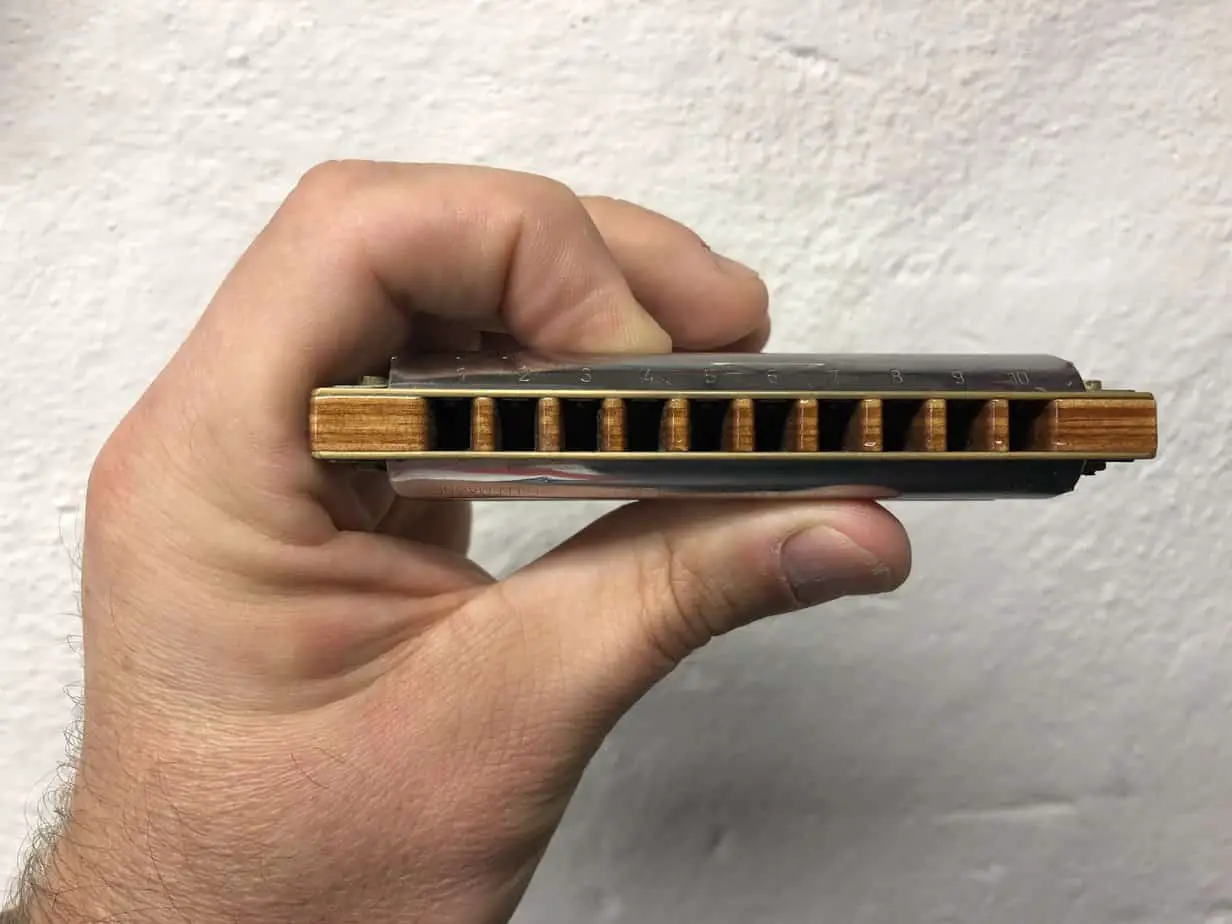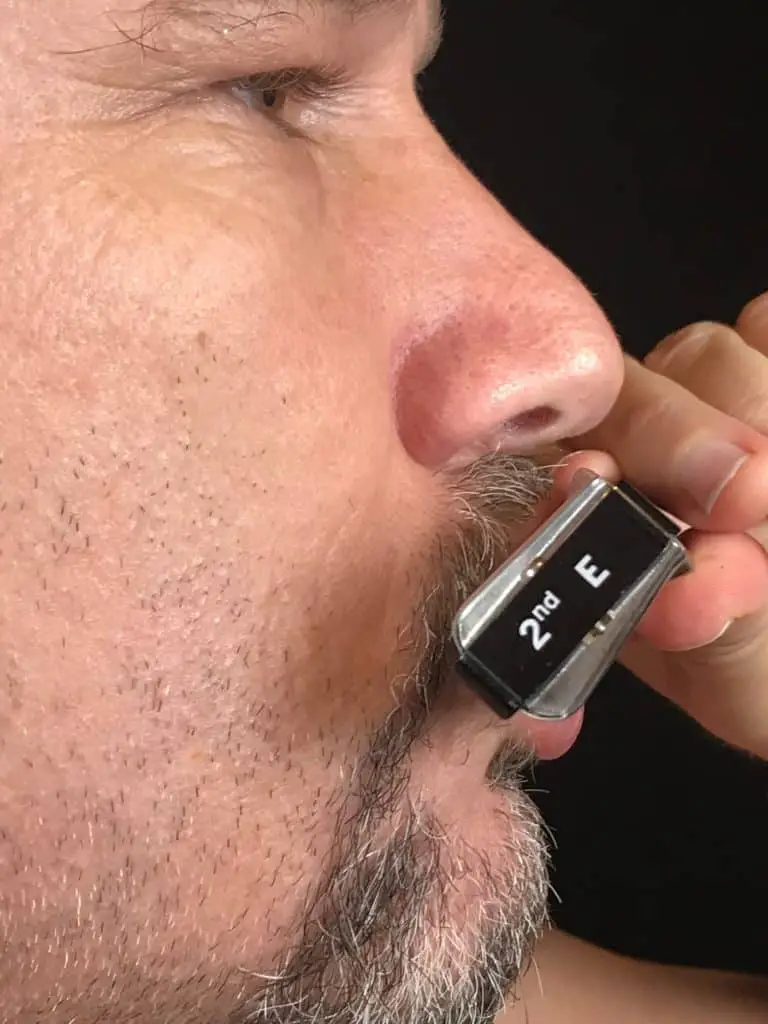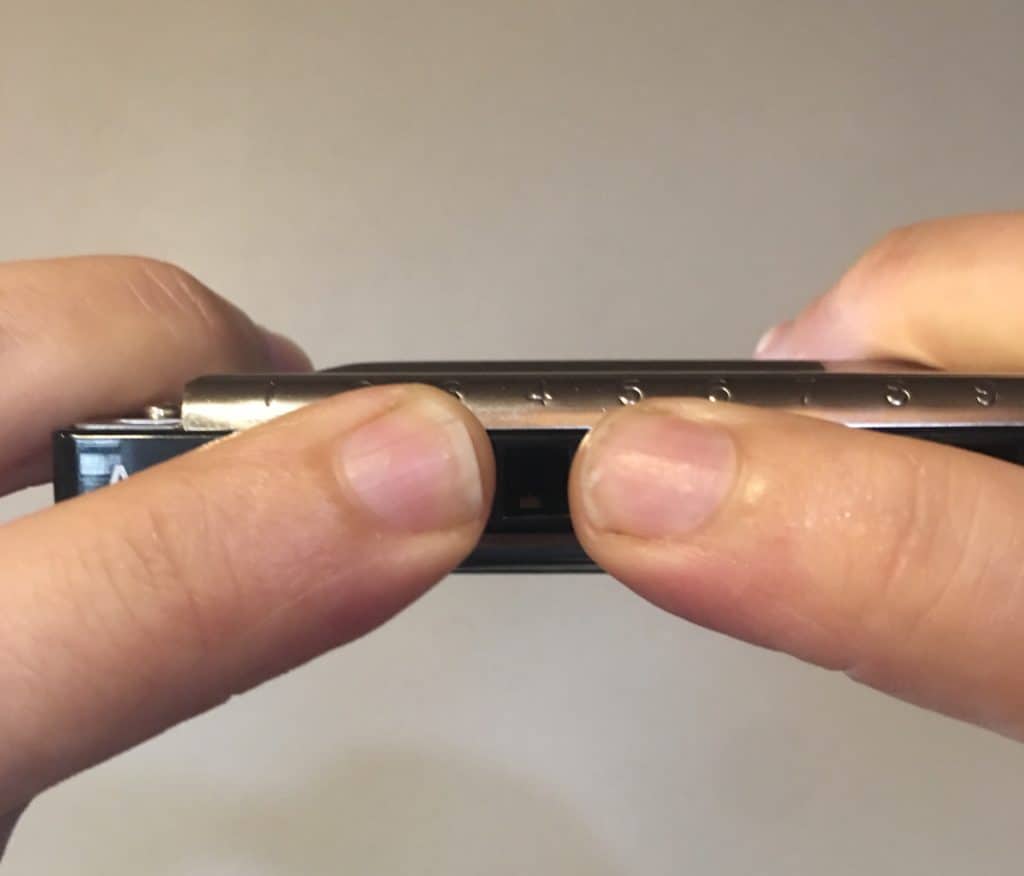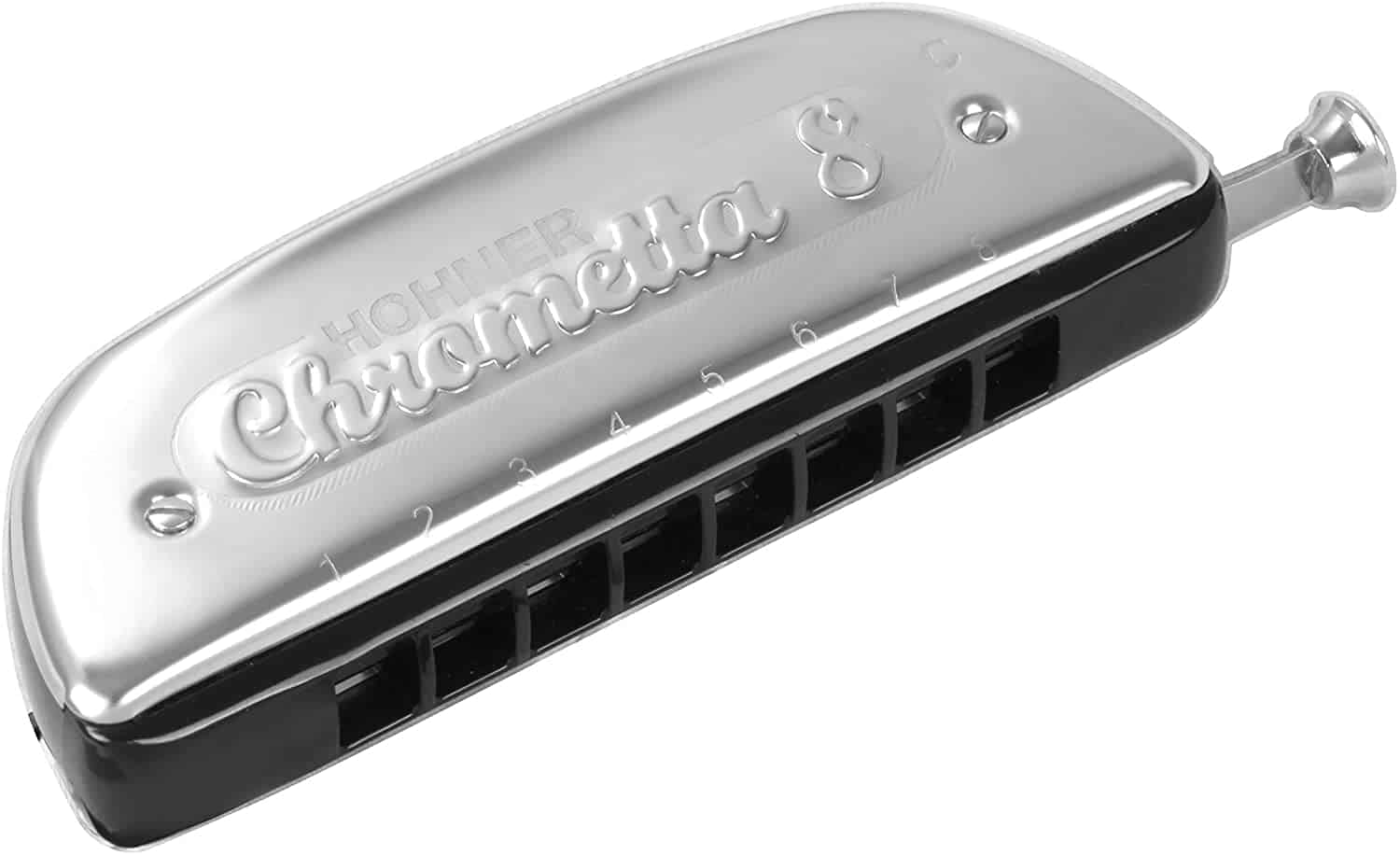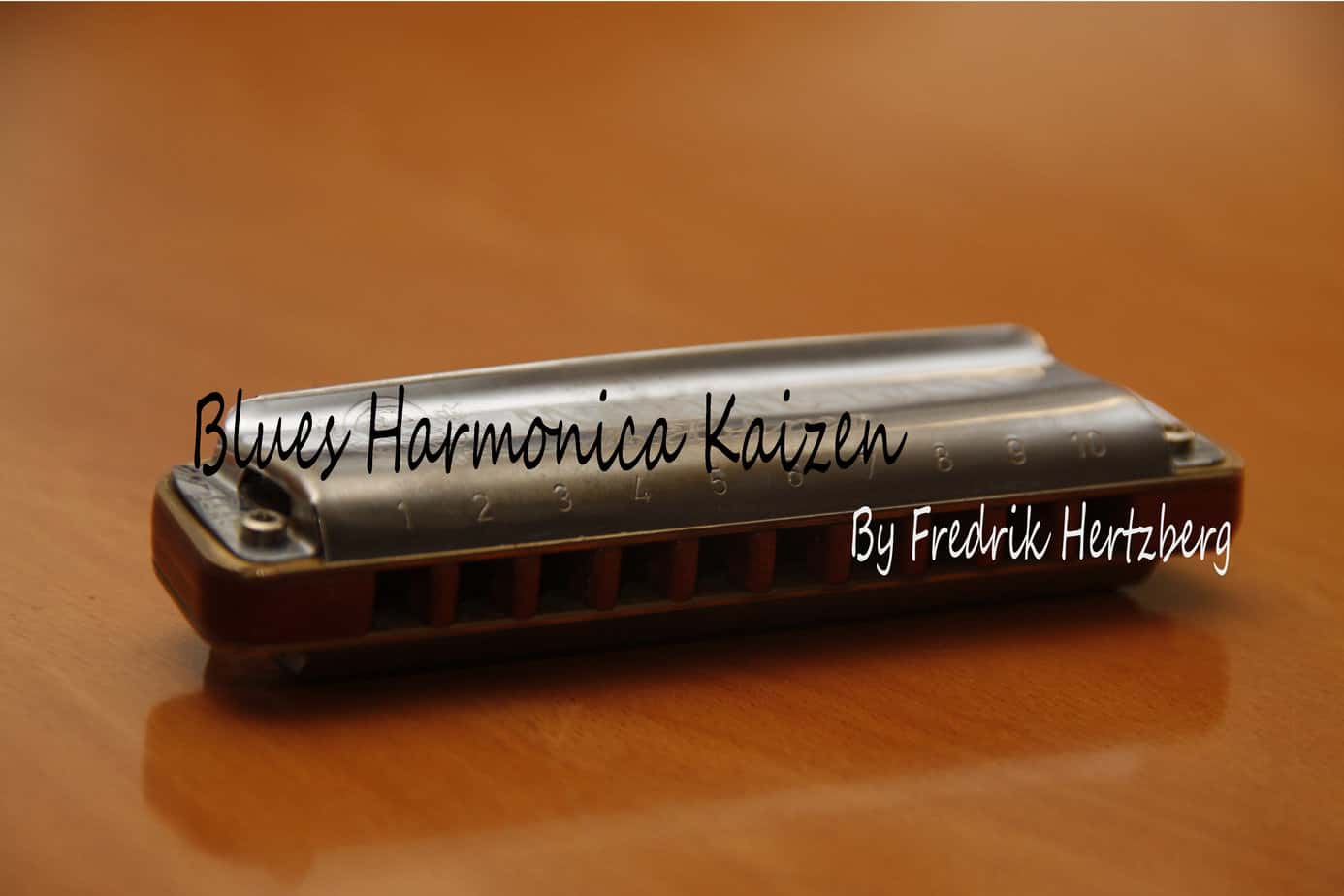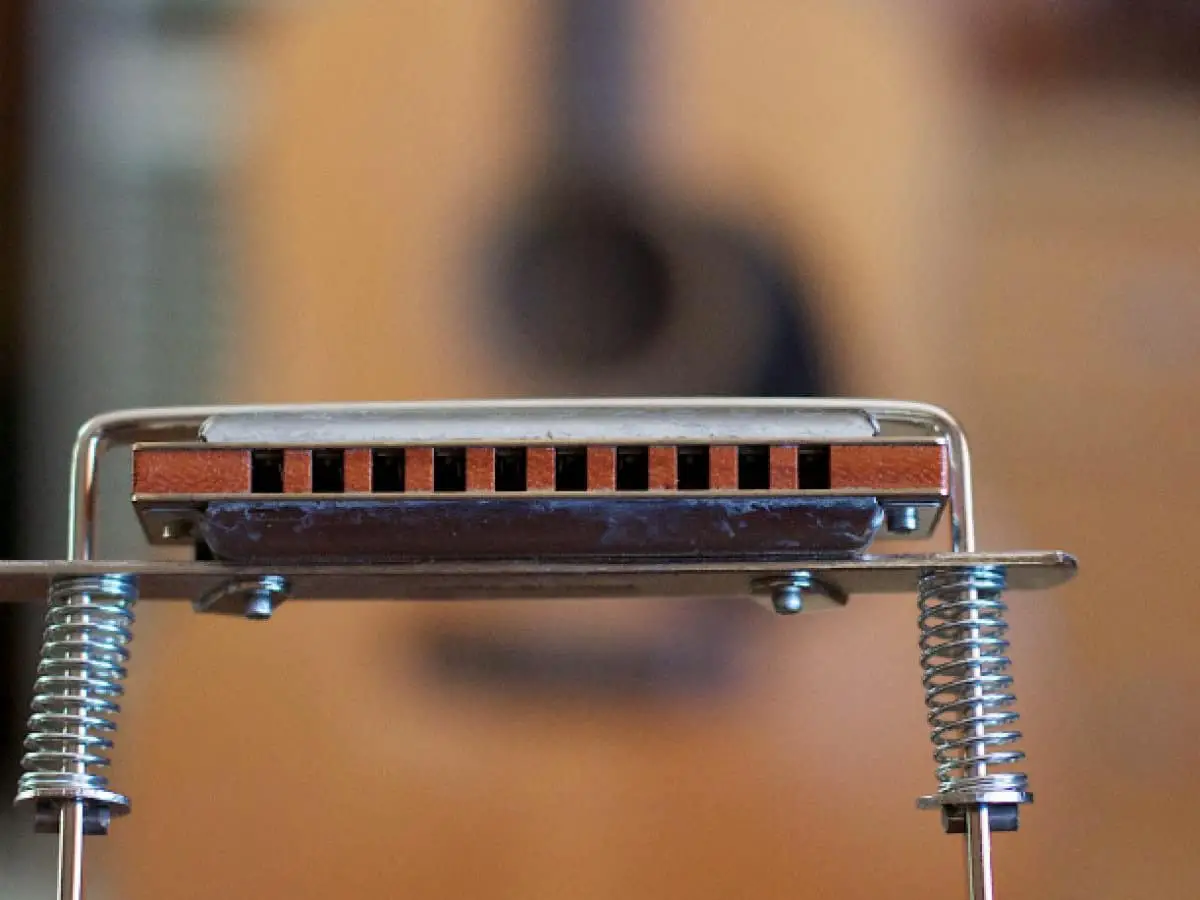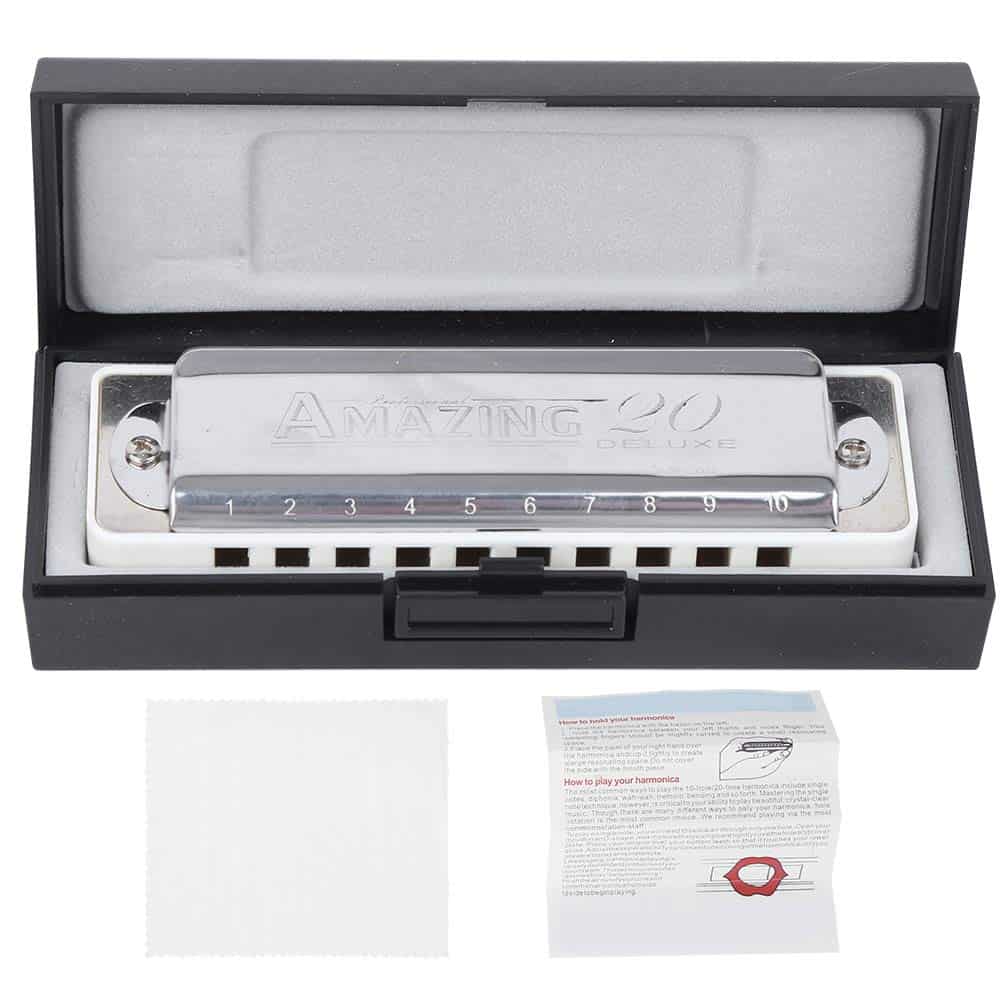As a beginner harmonica player, I was always curious to know how to play single notes on the harmonica. I had all the basics down, but when it came to single notes, I had no idea where to start. That’s why I’m here to provide you with a step-by-step guide on how to play single notes on harmonica. Through this guide, you will learn the basics of harmonica playing, what to look for in a harmonica, and how to effectively practice single notes. With patience and practice, you will soon be able to play beautiful single notes on your harmonica.
Basic Instrumental Knowledge
1 Types of Harmonica
Harmonicas come in a variety of sizes and types and are made of either plastic, wood, or metal. The most common type of harmonica is the diatonic harmonica, which has 10 holes and is tuned to a particular key. Other types of harmonicas include the chromatic harmonica, tremolo harmonica, and octave harmonica.
2 Parts of the Harmonica
Harmonicas are made up of two main parts: the comb and the reeds. The comb is the body of the harmonica, which is usually made of plastic or metal. The reeds are the metal plates that produce the sound when air is blown into or sucked out of the holes.
Preparation
Before playing single notes on a harmonica, it is important to have the right instrument. Harmonicas come in different keys and sizes, so it is important to have the right one for the desired sound. Additionally, it is important to learn proper posture and hand positioning.
Blowing and Drawing
Blowing and drawing are the two basic techniques for producing a single note on a harmonica. Blowing is when air is pushed out of the lungs and into the reeds of the harmonica. Drawing is when air is pulled into the reeds. Both techniques involve engaging the lips, tongue, and diaphragm to control the air flow.
Tongue Blocking
Tongue blocking is a technique used to produce a single note on the harmonica. It involves placing the tongue against the reeds to block off air from entering or exiting. This technique is used to produce a sharper, more controlled sound.
Overblowing
Overblowing is a technique used to produce higher notes on the harmonica. It involves pushing out a larger volume of air than normal in order to produce a higher note. This technique is used to produce a more expressive sound.
Bending
Bending is a technique used to produce lower notes on the harmonica. It involves manipulating the reeds with the breath in order to produce a lower note. This technique is used to produce a more soulful sound.
6 Embouchure
To play single notes on a harmonica, the most important factor is the correct embouchure. The 6 embouchure is the most common used for single notes on a 10-hole diatonic harmonica. It involves curling the lower lip over the lower teeth and placing the upper lip in the upper part of the mouthpiece. The tongue should be placed in the upper part of the mouthpiece, but should not be touching the reed. This embouchure is used when playing a single note in any hole of the harmonica. The position of the tongue and the amount of air used should be adjusted to get the desired sound. It is important to practice this technique as it will help to improve tone and breath control.
Different Techniques
| Technique | Description |
|---|---|
| Single Note Blowing | Involves playing a single note at a time while blowing into the harmonica |
| Tongue Blocking | Involves using the tongue to block different chambers, allowing the player to produce single notes |
| Split Chords | Involves using the tongue and the lips to play chords in a split fashion, producing multiple single notes |
| Octaves | Involves playing two single notes at the same time, one an octave higher than the other |
| Bending | Involves manipulating the pitch of a single note by adjusting the air pressure and breath control |
| Overblowing | Involves playing a note that is an octave higher than the intended note by increasing air pressure |
| Vibrato | Involves oscillating the pitch of a single note by adjusting the air pressure and breath control |
1 Single Notes
The first step to playing single notes on a harmonica is to hold the instrument correctly. Place your thumbs on the back of the harmonica and use your index fingers to cover the holes on the front. To play a single note, blow into the harmonica with your mouth open and use your tongue to direct the air through the opening of the desired hole. To produce a clear sound, keep your tongue off the reed and the back of your throat relaxed. You can also use your breath to produce a vibrato effect. To do so, inhale and exhale while you play a single note. Experiment with your breathing and tongue placement to create different sounds and tones.
2 Octaves
| Hole Number | Note Name | Octave |
|---|---|---|
| 1 | C | 4 |
| 2 | D | 4 |
| 3 | E | 4 |
| 4 | F | 4 |
| 5 | G | 4 |
| 6 | A | 4 |
| 7 | B | 4 |
| 8 | C | 5 |
| 9 | D | 5 |
| 10 | E | 5 |
| 11 | F | 5 |
| 12 | G | 5 |
| 13 | A | 5 |
| 14 | B | 5 |
Harmonicas are typically constructed with two octaves of notes. The holes in the harmonica represent the different notes, with each hole producing a different note. The notes in the two octaves are shown in the table above, with the octave of each note (4 or 5) indicated.
3 Harmonics
Harmonics are a key technique used to play single notes on a harmonica. To make a harmonic, you first need to understand how to produce air pressure. Air pressure is created by using the tongue to block the air from escaping. You can do this by pressing your tongue against the roof of your mouth for a short time and then releasing it. This will create a surge of air pressure that will cause the harmonic to vibrate.
The next step is to understand the three types of harmonics that can be produced. These are:
1. Overblow – This is the most popular harmonic, and involves blowing air into the reed and the air pressure created causes the reed to vibrate.
2. Overdraw – This harmonic is achieved by drawing air out of the reed and the air pressure created causes the reed to vibrate.
3. Split – This harmonic is a combination of both the overblow and overdraw techniques. The air pressure created by both techniques causes the reed to vibrate simultaneously.
Once you understand the different harmonics, you can use them to play single notes on your harmonica. To do this, you need to find the exact pitch of the note you want to play and then produce the correct harmonic in order to hit the note. By using this technique, you can play single notes with ease on your harmonica.
4 Vibrato
- Bend the note slightly with the diaphragm, then release.
- Repeat the bending and releasing quickly.
- Keep the vibrato steady and consistent.
- Vary the speed and intensity to create different sounds.
Practice Exercises
| Notes | Exercise | Number of repetitions |
|---|---|---|
| C | Blowing a single note of C | 10 |
| D | Blowing a single note of D | 10 |
| E | Blowing a single note of E | 10 |
| F | Blowing a single note of F | 10 |
| G | Blowing a single note of G | 10 |
| A | Blowing a single note of A | 10 |
| B | Blowing a single note of B | 10 |
These exercises should be done in succession, starting with C and ending with B. Once all the notes are played consecutively, repeat the cycle a few more times. The more you do this, the better you will become at playing single notes on a harmonica.
Troubleshooting
- Make sure the harmonica is in the correct key.
- Check that the reed is in the correct position and that it is not bent or damaged.
- Ensure that the mouthpiece is not clogged with saliva or other debris.
- Check that the harmonica is properly tuned.
- Practice breathing techniques to ensure you are getting the correct amount of air.
- Check that your mouth is properly positioned over the mouthpiece to ensure the reeds are being activated.
- Make sure the harmonica is held firmly in place, with the reeds facing the right direction.
Playing with Others
| Activity | Description |
|---|---|
| Jamming | Playing with other people in an informal setting. Can be done with any number of people. |
| Ensemble Playing | Playing harmonica as part of a larger group. Most common in blues and jazz. |
| Duets | Playing harmonica with one other person. Can also be done with other instruments. |
| Competing | Playing harmonica in a competitive setting. Usually done in a harmonica competition. |
Playing with others can be one of the most rewarding aspects of learning to play harmonica. It can be a great way to learn and improve your playing, as well as meeting new people and hearing different styles of music. There are several ways to play harmonica with others: jamming, ensemble playing, duets, and competing. Jamming is the most informal setting, where you can play with any number of people. With ensemble playing, you can be part of a larger group and play harmonica as part of the ensemble. Duets involve playing with one other person, usually another harmonica player, but can also include other instruments. Lastly, competing can be a great way to challenge yourself and test your skills in a harmonica competition.
Maintenance
- Change the reeds of your harmonica every 1-2 years.
- Check the reeds and comb for buildup or corrosion. If buildup or corrosion is found, clean them using a soft cloth and a small amount of soapy water.
- To ensure top performance, ensure the reeds are in good condition and regularly tuned.
- Check that all the screws and rivets are secure.
- Replace worn out or broken parts if needed.
- Store your harmonica in a dry and clean environment.
Frequently Asked Questions
What is the best way to play single notes on a harmonica?
The best way to play single notes on a harmonica is to use the draw and blow technique. This technique involves inhaling and exhaling in order to produce sound. The player must first learn the chords which are used to produce the notes on the harmonica. Then, the player must practice the draw and blow technique to create the desired notes. The most important part of this technique is to ensure that the air pressure and the embouchure are correct. This will help ensure that the notes are clear and in tune. With practice and dedication, single notes on the harmonica can be mastered.
How do I blow into a harmonica to produce single notes?
To play a single note, hold the harmonica with your hands and gently blow air into the slot of the desired note, while pressing lightly on the reed with your tongue. When you blow, the reed vibrates and produces a sound. You can also use the same method with the draw technique, inhaling and pressing lightly on the reed with your tongue. With practice and patience, you can learn to play single notes on the harmonica.
What techniques should I use to create single notes on a harmonica?
To create single notes on a harmonica, one should use the single hole draw technique, single hole blow technique, and single hole blow-draw technique. For the single hole draw technique, the player places their lips around the desired hole and draws air inwards, producing a single note. For the single hole blow technique, the player pinches the desired hole with their lips and blows air outwards, producing a single note. For the single hole blow-draw technique, the player pinches the desired hole with their lips and simultaneously blows and draws air in and out of the hole, producing a single note.
How can I learn the basics of playing single notes on a harmonica?
The first step in learning to play single notes on a harmonica is to understand the basic anatomy of the instrument. A harmonica consists of a metal or plastic comb with multiple chambers, each containing a set of metal reeds. When a player breathes in or out, the reeds vibrate to produce a musical note. To play single notes, the player must use their lips and tongue to form a seal over a single reed and blow or draw air into the chamber.
Practicing single notes on the harmonica requires a lot of patience and discipline. It is important to start slowly, focusing on producing a clear sound before gradually increasing the speed. As with any instrument, the key to mastering single notes is to build a foundation of knowledge through regular practice. It is also helpful to take lessons from an experienced harmonica teacher or to watch videos demonstrating the techniques involved.
What is the Most Efficient Way to Practice Single Notes on a Harmonica?
The best approach to practice single notes on harmonica is to start with a slow tempo. Playing at a slower speed will allow players to focus on each note and understand how it is produced. Additionally, it’s important to practice the correct embouchure and air flow control to ensure that each note is clear and distinct. It is also wise to practice with a metronome to help improve tempo and timing. Finally, it’s important to listen back to recordings of your single note playing to assess your progress.
Conclusion
Playing single notes on harmonica is easy and fun. With practice and patience, you can learn how to play single notes with ease. You can explore the different types of harmonica, practice different techniques, and experiment with different notes and rhythms. Once you master the basics, you can begin to create your own unique sound. With a bit of practice, you can learn how to play single notes on harmonica and become a master of the instrument.


